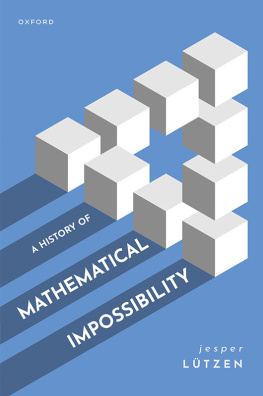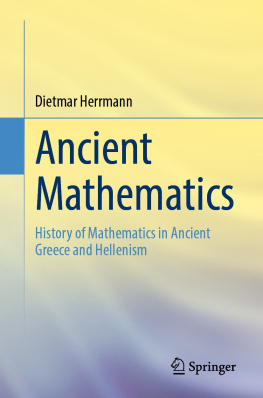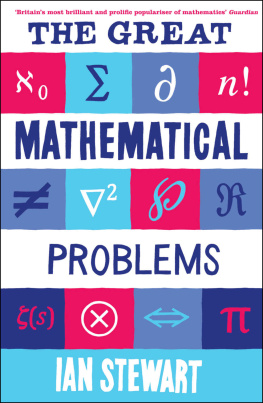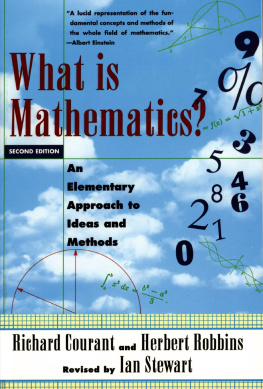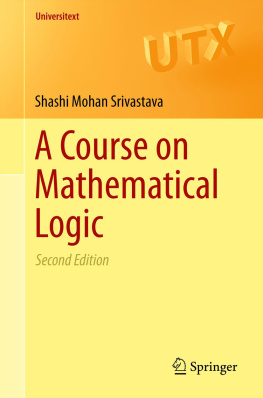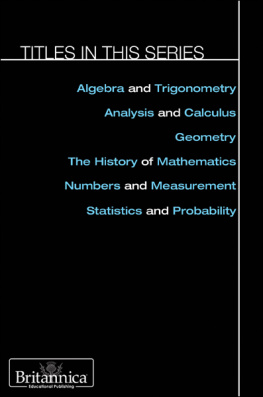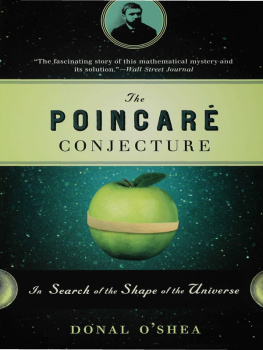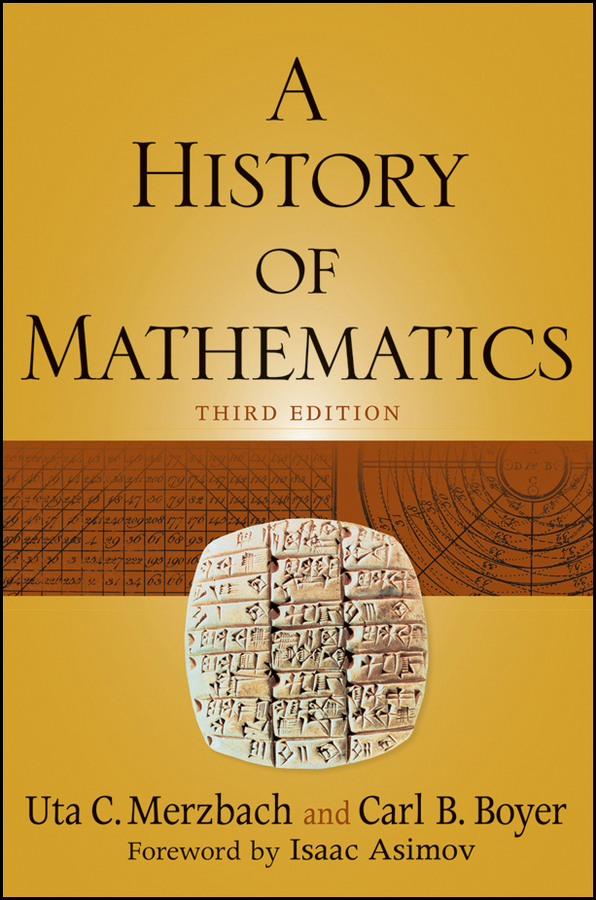Contents

Copyright 1968, 1989, 1991, 2011 by John Wiley & Sons, Inc. All rights reserved
Published by John Wiley & Sons, Inc., Hoboken, New Jersey
Published simultaneously in Canada
No part of this publication may be reproduced, stored in a retrieval system, or transmitted in any form or by any means, electronic, mechanical, photocopying, recording, scanning, or otherwise, except as permitted under Section 107 or 108 of the 1976 United States Copyright Act, without either the prior written permission of the Publisher, or authorization through payment of the appropriate per-copy fee to the Copyright Clearance Center, 222 Rosewood Drive, Danvers, MA 01923, (978) 750-8400, fax (978) 646-8600, or on the web at www.copyright.com . Requests to the Publisher for permission should be addressed to the Permissions Department, John Wiley & Sons, Inc., 111 River Street, Hoboken, NJ 07030, (201) 748-6011, fax (201) 748-6008, or online at http://www.wiley.com/go/permissions .
Limit of Liability/Disclaimer of Warranty: While the publisher and author have used their best efforts in preparing this book, they make no representations or warranties with respect to the accuracy or completeness of the contents of this book and specifically disclaim any implied warranties of merchantability or fitness for a particular purpose. No warranty may be created or extended by sales representatives or written sales materials. The advice and strategies contained herein may not be suitable for your situation. You should consult with a professional where appropriate. Neither the publisher nor author shall be liable for any loss of profit or any other commercial damages, including but not limited to special, incidental, consequential, or other damages.
For general information about our other products and services, please contact our Customer Care Department within the United States at (800) 762-2974, outside the United States at (317) 572-3993 or fax (317) 572-4002.
Wiley also publishes its books in a variety of electronic formats. Some content that appears in print may not be available in electronic formats. For more information about Wiley products, visit our web site at www.wiley.com .
Library of Congress Cataloging-in-Publication Data:
Boyer, Carl B. (Carl Benjamin), 19061976.
A history of mathematics / Carl B. Boyer and Uta Merzbach. 3rd ed.
p. cm.
Includes bibliographical references and index.
ISBN 978-0-470-52548-7 (pbk.); ISBN 978-0-470-63039-6 (ebk.); ISBN 978-0-470-63054-9 (ebk.); ISBN 978-0-470-630563 (ebk.)
1. MathematicsHistory. I. Merzbach, Uta C., 1933 II. Title.
QA21.B767 2010
510.9dc22
2010003424
In memory of Carl B. Boyer (19061976)
U.C.M.
To the memory of my parents, Howard Franklin Boyer and Rebecca Catherine (Eisenhart) Boyer
C.B.B.
Foreword to the Second Edition
By Isaac Asimov
Mathematics is a unique aspect of human thought, and its history differs in essence from all other histories.
As time goes on, nearly every field of human endeavor is marked by changes which can be considered as correction and/or extension. Thus, the changes in the evolving history of political and military events are always chaotic; there is no way to predict the rise of a Genghis Khan, for example, or the consequences of the short-lived Mongol Empire. Other changes are a matter of fashion and subjective opinion. The cave-paintings of 25,000 years ago are generally considered great art, and while art has continuouslyeven chaoticallychanged in the subsequent millennia, there are elements of greatness in all the fashions. Similarly, each society considers its own ways natural and rational, and finds the ways of other societies to be odd, laughable, or repulsive.
But only among the sciences is there true progress; only there is the record one of continuous advance toward ever greater heights.
And yet, among most branches of science, the process of progress is one of both correction and extension. Aristotle, one of the greatest minds ever to contemplate physical laws, was quite wrong in his views on falling bodies and had to be corrected by Galileo in the 1590s. Galen, the greatest of ancient physicians, was not allowed to study human cadavers and was quite wrong in his anatomical and physiological conclusions. He had to be corrected by Vesalius in 1543 and Harvey in 1628. Even Newton, the greatest of all scientists, was wrong in his view of the nature of light, of the achromaticity of lenses, and missed the existence of spectral lines. His masterpiece, the laws of motion and the theory of universal gravitation, had to be modified by Einstein in 1916.
Now we can see what makes mathematics unique. Only in mathematics is there no significant correctiononly extension. Once the Greeks had developed the deductive method, they were correct in what they did, correct for all time. Euclid was incomplete and his work has been extended enormously, but it has not had to be corrected. His theorems are, every one of them, valid to this day.
Ptolemy may have developed an erroneous picture of the planetary system, but the system of trigonometry he worked out to help him with his calculations remains correct forever.
Each great mathematician adds to what came previously, but nothing needs to be uprooted. Consequently, when we read a book like A History of Mathematics , we get the picture of a mounting structure, ever taller and broader and more beautiful and magnificent and with a foundation, moreover, that is as untainted and as functional now as it was when Thales worked out the first geometrical theorems nearly 26 centuries ago.
Nothing pertaining to humanity becomes us so well as mathematics. There, and only there, do we touch the human mind at its peak.
Preface to the Third Edition
During the two decades since the appearance of the second edition of this work, there have been substantial changes in the course of mathematics and the treatment of its history. Within mathematics, outstanding results were achieved by a merging of techniques and concepts from previously distinct areas of specialization. The history of mathematics continued to grow quantitatively, as noted in the preface to the second edition; but here, too, there were substantial studies that overcame the polemics of internal versus external history and combined a fresh approach to the mathematics of the original texts with the appropriate linguistic, sociological, and economic tools of the historian.
In this third edition I have striven again to adhere to Boyers approach to the history of mathematics. Although the revision this time includes the entire work, changes have more to do with emphasis than original content, the obvious exception being the inclusion of new findings since the appearance of the first edition. For example, the reader will find greater stress placed on the fact that we deal with such a small number of sources from antiquity; this is one of the reasons for condensing three previous chapters dealing with the Hellenic period into one. On the other hand, the chapter dealing with China and India has been split, as content demands. There is greater emphasis on the recurring interplay between pure and applied mathematics as exemplified in chapter 14. Some reorganization is due to an attempt to underline the impact of institutional and personal transmission of ideas; this has affected most of the pre-nineteenth-century chapters. The chapters dealing with the nineteenth century have been altered the least, as I had made substantial changes for some of this material in the second edition. The twentieth-century material has been doubled, and a new final chapter deals with recent trends, including solutions of some longstanding problems and the effect of computers on the nature of proofs.


